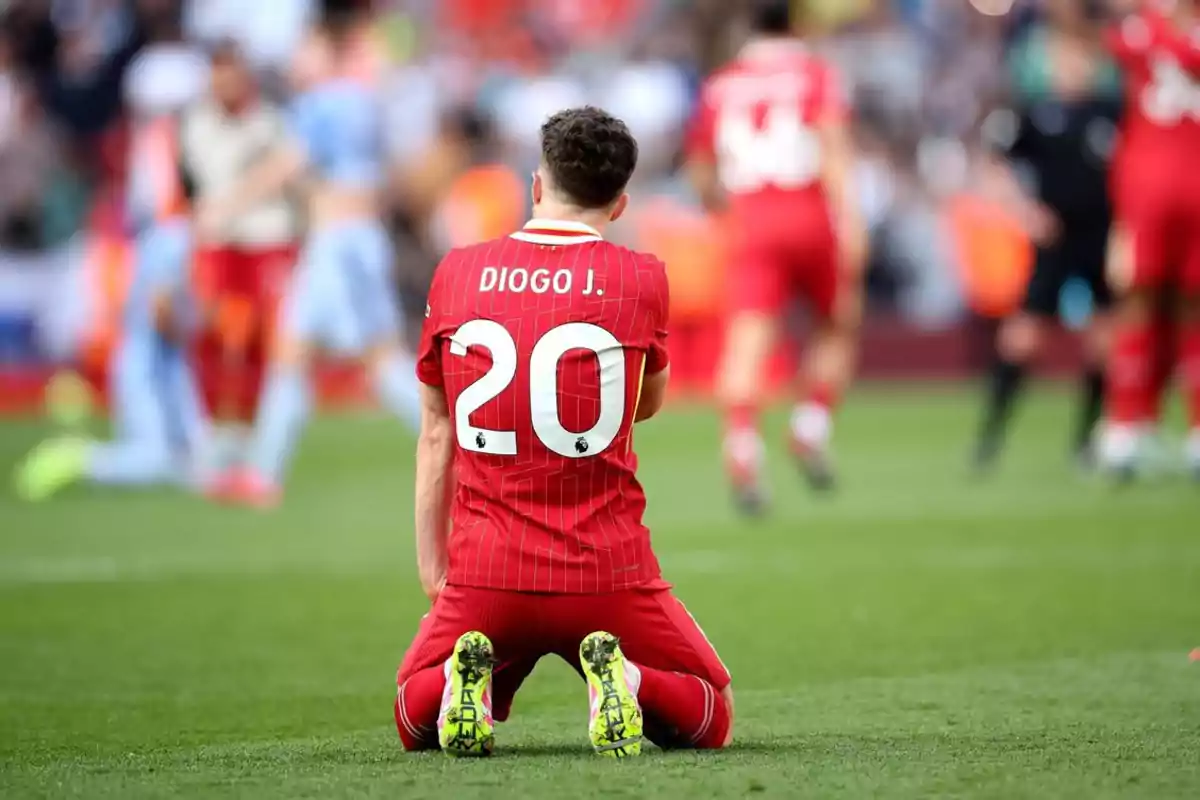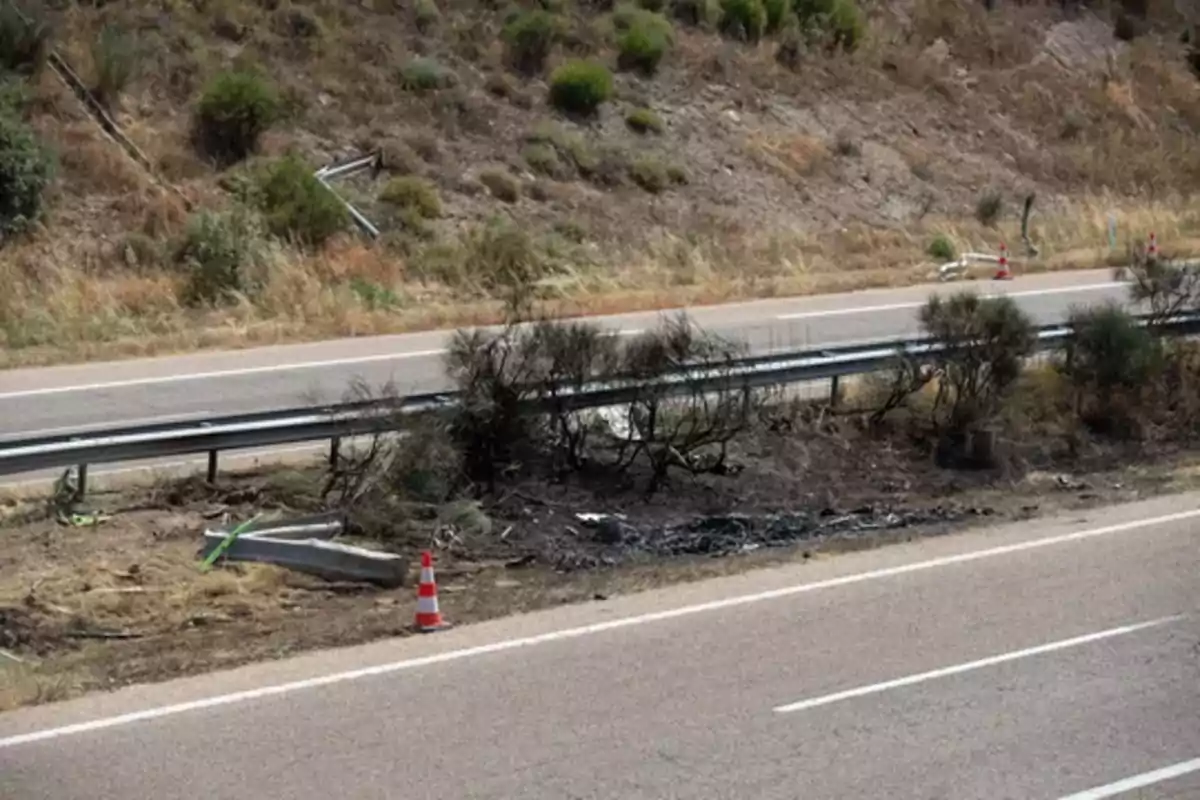
New hypotheses emerge after Diogo Jota and his brother's accident on the A-52
The president of Asevi pointed to speed and the condition of the road as possible causes of last Thursday's accident
The tragic accident involving Diogo Jota, forward for Liverpool, and his brother André, footballer for Penafiel, is still being analyzed by the justice system, while new hypotheses are emerging that could change the course of the investigation.
The recent statements by Javier López Delgado, president of the Road Safety Auditors Association (Asevi), have opened other lines of analysis.

The accident occurred last Thursday when the car they were traveling in left the A-52 highwayand caught fire. Initially, local authorities attributed the accident to a tire blowout and heavy traffic. However, Delgado's perspective has added new elements that are now being considered.
"If they'd been going 90 kilometers per hour (56 miles per hour), he probably wouldn't have died. It seems very clear that the speed was very high, because of the skid marks left behind," said the president of Asevi in an interview with La Opinión de Zamora, suggesting that excessive speed could have been decisive. He also mentioned the condition of the asphalt and the guardrail as possible factors that complicated the situation.

Meanwhile, as the investigation continues, these new hypotheses could redirect responsibilitiesand explain more clearly how an accident that shocked European and world football occurred.
Why didn't he travel by plane?
Diogo Jota and his brother were making the journey by road to Santander, from where the footballer was scheduled to take a ferry to England to rejoin Liverpool's preseason. The choice of boat instead of plane was due to a medical recommendation, after a recent surgical procedure that made air travel inadvisable.
More posts: